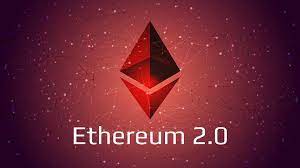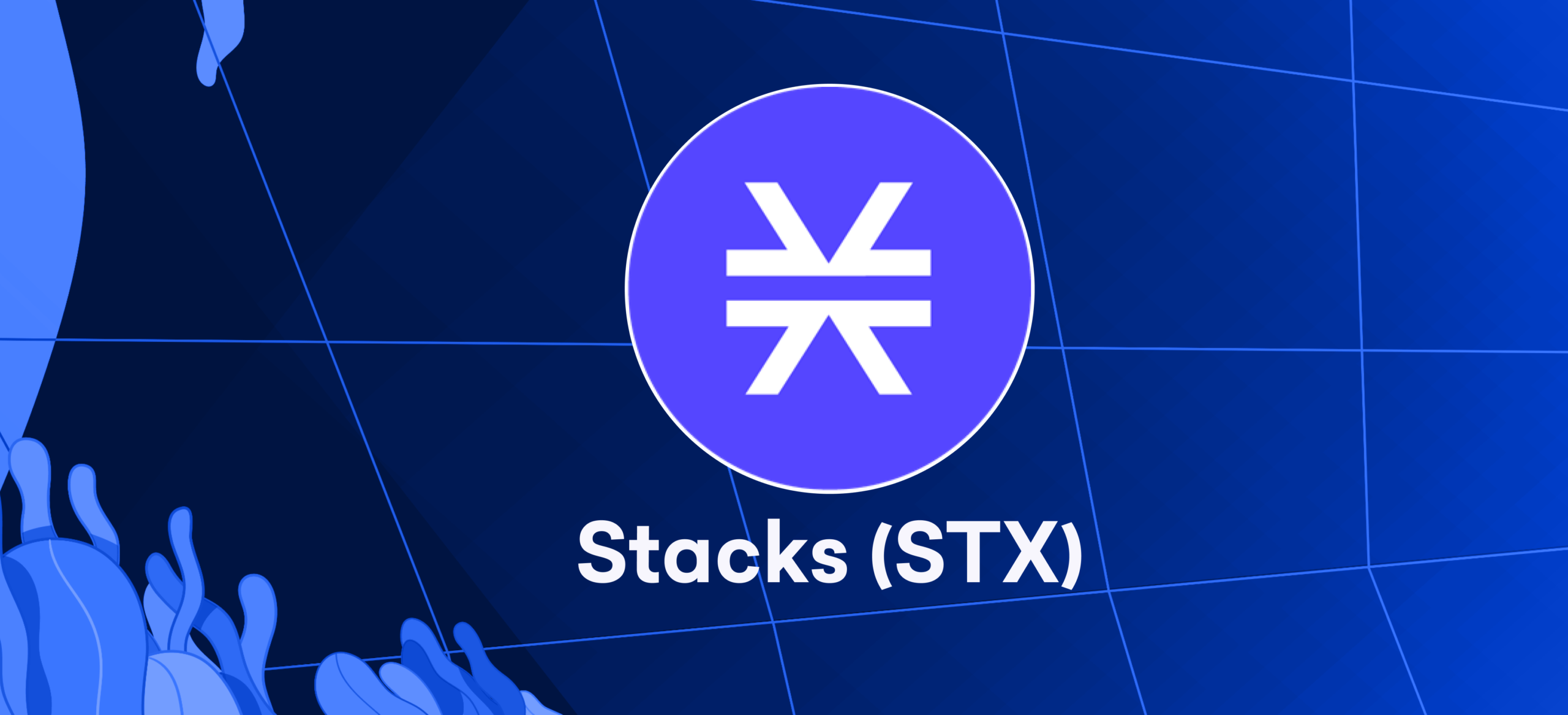
In the realm of blockchain technology, new contenders constantly emerge as potential challengers to Ethereum’s dominance. Monthly appearances are made by protocol knights adorned in fully-coded armor, seemingly on a mission to defeat the formidable adversary known as Ethereum in cyberspace.
Their motivation stems from concerns over Ethereum’s high gas fees, limited transactions per second, and an eagerness to explore the groundbreaking features offered by alternative blockchain protocols such as [insert X].
It’s possible that Ethereum may not remain the preferred blockchain for decentralized application (dapp) development in the future. However, it’s worth noting that numerous projects have already been constructed on the Ethereum blockchain.
From major decentralized exchange platforms like Uniswap to the leading NFT marketplace known as OpenSea, Ethereum’s community continues to experience rapid growth. The much-anticipated upgrade of Ethereum, known as Ethereum Serenity or Ethereum 2.0, is expected to propel the project to new heights.
Its release in 2022 brings hope to Ethereum enthusiasts who believe it will address the current challenges faced by the platform. However, this timeline also raises concerns among followers that other blockchain projects might gain ground during the wait.
Only time can reveal whether Ethereum’s first mover advantage will maintain its strong position as the second-best cryptocurrency worldwide, based on market capitalization. In the meantime, let us briefly explore the potential of Ethereum 2.0.
What is Ethereum 2.0?
Ethereum Serenity, or Ethereum 2.0, should not be considered an alternative cryptocurrency. Rather, it represents a significant upgrade to the existing Ethereum network. This upgrade addresses several critical issues faced by blockchain technology, including scalability, usability, and sustainability.
Despite enjoying unprecedented market valuation this year, Ethereum may face potential competition from other prominent projects like Cardano, Zilliqa, Solana, and Algorand, among others, if it fails to address its underlying challenges.
Unsurprisingly, newer protocols highlight their higher transactions per second, improved scaling solutions, and cost-effective network fees. Newer technology often has an advantage over older counterparts due to years of development dedicated to enhancing blockchains. Consequently, older technologies require upgrades to remain competitive. Ethereum aligns with this pattern.
Usability
In its current non-upgraded state, Ethereum is grappling with exorbitant transaction fees known as gas fees. These fees are required to power the validation and execution of transactions on the Ethereum blockchain. The surge in these fees occurs when the network is overwhelmed with numerous ongoing transactions. Even a basic transaction on decentralized applications can cost upwards of USD 200 during busy periods.
While this may appear trivial to affluent individuals who have substantial amounts of ETH for DeFi applications, it poses a significant burden for average workers who earn their living through conventional jobs. Paying USD 200 just to transfer an adorable digital monster NFT in a video game becomes unappealing for them.
The increasing difficulty faced by average users when attempting to engage in Ethereum applications, such as trading cryptocurrencies on Uniswap or purchasing digital cats on CryptoKitties, has posed significant usability challenges for the blockchain. This is primarily due to the high entry barrier that prevents everyday individuals from utilizing these platforms effectively.
Scalability
Imagine a scenario where gas fees become so low that the average crypto user doesn’t even notice them, like paying just USD 0.25 per transaction instead of the usual hefty amount of USD 200. However, despite this improvement, Ethereum can only handle 15 transactions per second (tps). In comparison, Visa processes around 1,700 tps, exceeding Ethereum’s capacity by more than a hundredfold in its original state.
Ethereum’s transaction speed outpaces Bitcoin’s 5tps by three times. However, for decentralized applications to become mainstream, they should strive for speeds comparable to traditional financial tools like Visa. It’s difficult to envision Ethereum matching the scalability of conventional financial institutions when its transaction speed remains limited.
Using blockchain technology is undeniably faster and more convenient than going through the arduous process of answering countless Know-Your-Customer questions and dealing with other banking requirements. In the cryptocurrency world, you only need to input your wallet address.
You’ll receive funds without any unnecessary hurdles. Even Bitcoin, being the oldest cryptocurrency in existence, offers a quick transfer experience devoid of these obstacles. Moreover, once scalability solutions are fully implemented, there will be even stronger incentives to embrace decentralized financial options for all our monetary needs.
Sustainability
Proof-of-work consensus mechanisms have faced criticism from the media for their perceived environmental impact. However, it has been demonstrated that cryptocurrencies do not have the significant ecological footprint often exaggerated by these outlets. Nevertheless, solutions that contribute to a sustainable and decentralized ecosystem are highly valued.
One such solution is Proof-of-Stake, which replaces mining with validator nodes. By eliminating the need for extensive electricity consumption in mining blocks, running validator nodes helps conserve energy and brings sustainability into fruition. If Serenity, also known as Ethereum 2.0, achieves success, it will offer users worldwide an enhanced experience in terms of usability, scalability, and sustainability.
This advancement would facilitate the smooth operation of DeFi applications like Aave and Compound. Considering that decentralized financial tools currently require a significant amount (USD 100) for a single transaction, it becomes crucial to address whether such protocols can truly present a viable alternative to mainstream finance.
Furthermore, the effectiveness and widespread adoption of these protocols may come into question if selling digital assets or artwork carries a similarly high cost. It is hoped that the implementation of Ethereum 2.0 will effectively address and resolve all existing concerns, enabling its extensive global user base to continue operating seamlessly.
Ethereum 2.0 Solutions
The upcoming Ethereum 2.0 aims to solve several issues through next-generation blockchain solutions. One prominent challenge it addresses is scalability, which will be achieved by implementing an alternative consensus mechanism. This proposes a method for computers within the network to reach a collective agreement.
As Ethereum strives to become globally adopted, it requires a cohesive system for all participating devices worldwide. Currently, Ethereum employs Proof-of-Work as its consensus mechanism—a process involving mining to validate blocks or data sets. However, this approach often presents certain drawbacks that Proof-of-Stake attempts to alleviate.
How Does Proof-of-Stake Work?
Unlike mining that necessitates significant electrical input, proof-of-stake utilizes validator nodes to ensure network security. Validator nodes serve as an alternative to mining and involve users setting up a node for a single ETH. These nodes act as computers processing the network and are randomly selected to generate blocks, which serve as cryptographic files for recording data on a digital ledger in cryptography.
In traditional mining, acquiring sufficient resources is crucial to effectively mine blocks for Ethereum and other legacy cryptocurrencies. This creates a significant advantage for those with abundant resources. However, by staking ETH and operating validator nodes, you can participate with just a decent computer equipped with a good CPU or GPU, without the need for an expensive mining rig.
The exciting part is that validator nodes have equal chances of mining blocks for individuals using regular rigs and companies leveraging vast resources and multiple nodes. Unlike in traditional mining, where higher computational power increases the probability of mining more blocks, every validator node has an identical chance of receiving block rewards due to randomization.
Although companies may possess numerous validator nodes, each node shares an equivalent likelihood of rewards compared to a single computer node used by an ordinary person. Companies have higher chances because of their larger number of nodes rather than more powerful rigs.
The possibility of a 51% attack or gaining control over the network seems more likely. However, there isn’t much incentive to pursue this course of action since it would lead to a devaluation of the network. For instance, consider investing billions to obtain a majority stake and full control over Ethereum. In such a scenario, you would not only incur potential losses amounting to hundreds and hundreds of millions but also risk diminishing the trust millions of users worldwide.
The Beacon Chain
The Beacon Chain serves as the coordination mechanism for the future Ethereum network, introducing Proof-of-Stake and facilitating improved transactions speed through shard chains. This foundational element forms a more secure, sustainable, and scalable Ethereum system by managing old Ethereum (the mainnet) within the Proof-of-Stake framework.
The Beacon Chain is the foundational element of Ethereum 2.0, commonly known as Phase 0. It embodies the essence of Ethereum’s future development and progression
The Merge
This is where the main Ethereum network will merge with Proof-of-Stake, utilizing the Beacon chain to potentially enhance Ethereum. Currently, the Ethereum network is secured by Proof-of-Work while simultaneously incorporating Proof-of-Stake. The Merge, akin to a captivating film opening, marks the complete integration of these two systems. Mining as a means to secure the network will cease, leading to unlimited shard chains and boundless scalability for Ethereum, as stated by Ethereum itself.
Shard Chains
Across 64 chains, the implementation of shard chains will enhance network scalability after merging, resulting in low node requirements. Sharding is a technique used in computer science to partition a database horizontally. In the context of Ethereum, it allows for better management of network loads by increasing the number of transactions per second and reducing congestion on these new chains or shards.
The projected transaction rate is expected to reach 100,000 tps compared to Ethereum’s current capacity of only 10-15 tps. Shard Chain Version 1: data availability sets the foundation for this advancement, while Shard Chain Version 2: code execution introduces additional features like smart contract execution and account management.
Closing Thoughts
Ethereum is widely recognized as the leading platform for creating decentralized applications (dApps). With its implementation, the execution of DeFi applications like Aave and Compound becomes more accessible. However, if decentralized financial tools require a substantial USD 100 for every transaction, it undermines the belief in these alternative protocols to mainstream finance.
Similarly, the requirement of such an amount to sell digital assets or artwork raises questions about their practicality and widespread adoption. To address these concerns, Ethereum Serenity aims to tackle these challenges head-on. With significant funding and the collective intelligence of its devoted developers and fans, Ethereum is poised to maintain its relevance in the blockchain space for years, if not decades.
The upcoming release of Ethereum Serenity, also known as Ethereum 2.0, will serve as a crucial test to determine whether the platform can retain its dominance over other protocols. Only time will reveal whether a formidable challenger can overthrow this mythical giant or if Ethereum will continue to reign supreme as the primary network for decentralized applications.








